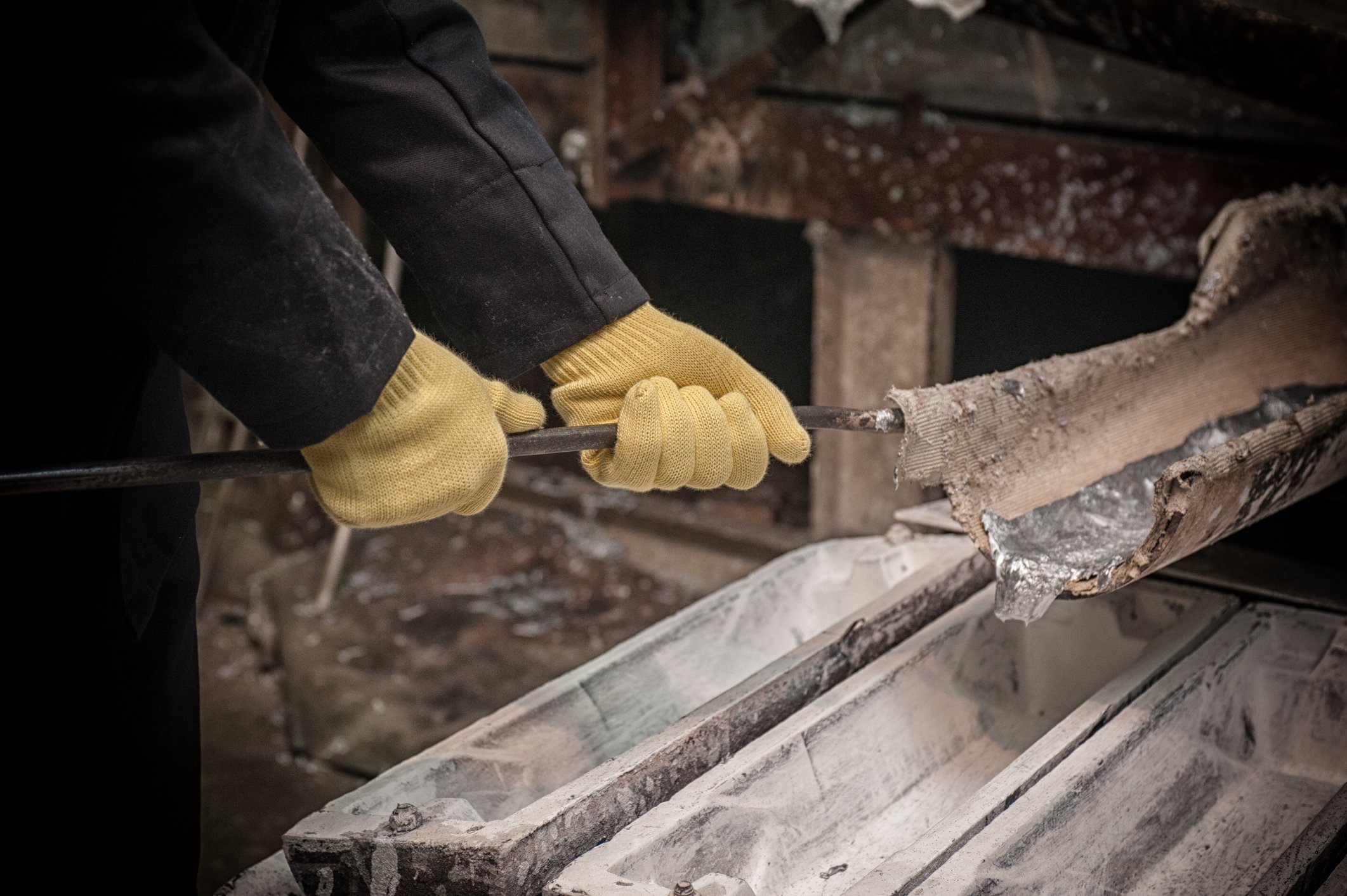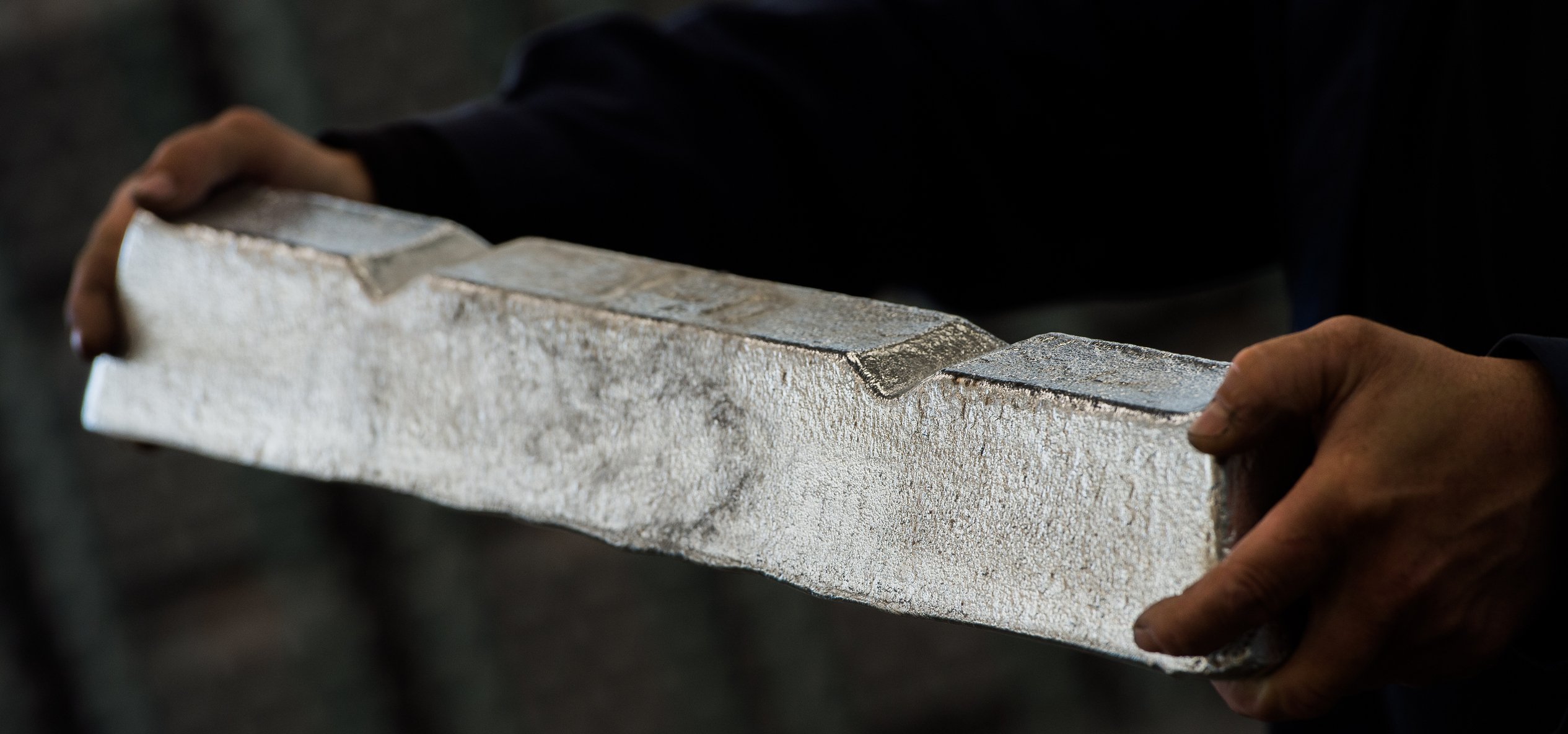Alcoa (AA +0.00%) investors have had a fantastic year. Shares are up 93% based on three main perceived growth catalysts.
First, Ford made headlines with its aluminum F-150 truck, which is 700 pounds lighter and gets substantially better fuel economy as a result. Ford is a big advocate of aluminum auto construction, recently unveiling a concept Fusion sedan made 25% lighter through heavy use of aluminum. The company is also investing in heavy duty aluminum truck wheels, which are 47% lighter than steel.
Next, Alcoa is partnering with Phinergy to develop revolutionary aluminum-air batteries that could increase the range of electric cars by 1,000 miles. The partnership has actually built and tested a demonstration car, and Alcoa is researching methods to commercialize the technology.
Finally, Alcoa's recent $2.85 billion acquisition of Firth Rixson has Wall Street cheering because it will increase Alcoa's aerospace division's revenue by 20% this year, and 42% by 2016. With Alcoa guiding for 8% to 9% growth in aerospace in 2014, Wall Street is expecting this division to help fuel Alcoa's earnings growth by 11.5% annually through 2023.
Growth potential less than expected
There are several flies in the ointment of Alcoa's growth story. First, despite Ford's enthusiasm for aluminum vehicles, Alcoa is guiding for just 1%-4% growth in its automotive division this year.
Second, although its aluminum-air battery sounds interesting, the efficiency of this battery is only 15%, equivalent to that of an internal combustion engine, and woefully inferior to lithium ion batteries' 80% to 90% efficiency.
In addition, aluminum-air batteries are very complex, requiring air to be highly filtered and mixed with water in very narrow temperature ranges. Once empty, the aluminum must be replaced and recycled, meaning the need for new, large-scale, and expensive infrastructure.
Alcoa faces competition on the battery front in the form of IBM and its Lithium-air battery as well a Panasonic, who is partnering with Tesla to build its Gigafactory, which aims to cut battery costs by 50% by 2020.
Finally, Alcoa's aerospace dreams may prove an illusion. Planes were traditionally built from aluminum because of the material's strength and light weight. Boeing's new 787 Dreamliner represents its largest program ever, with the average plane costing $250 million and the company having 1,031 orders. This $273 billion (and counting) plane is 50% carbon fiber and other composites, which are 20% lighter than aluminum.
If Boeing is trusting carbon composites with its most important undertaking, than perhaps Alcoa's aerospace dreams will not prove to be as profitable as Wall Street imagines.
Which brings me to one final reason to avoid investing in Alcoa. Its recent run-up leaves it trading at 23.8 times next year's earnings. That's a 15% premium to Alcoa's 21-year average P/E ratio. This indicates that a large portion of Alcoa's expected earnings growth is already priced into the stock, and it may be poised for a correction. Investors at these prices may end up regretting their decision, as did investors who invested a decade ago.

AA Total Return Price data by YCharts.
As seen in above, over the last 10 years, Alcoa's revenues have been stagnant, its earnings have collapsed (partially because of shareholder dilution), and investors have lost nearly half their money. Before investing in Alcoa, whose growth track record and valuation leave much to be desired, long-term investors should consider two of my favorite miners.
Best-of-breed miners: Superior growth potential
| Company | Yield | 10-Year Projected Earnings Growth | 10-Year Projected Dividend Growth | 10-Year Projected Annual Total Return |
| Alcoa | 0.80% | 11.48% | 2.92% | 3.20% |
| Vale | 6.10% | 59% | 32.06% | 64.60% |
| Rio Tinto | 4.20% | 16.80% | 13.40% | 23.10% |
Source: S&P Capital IQ, Yahoo Finance.

VALE Total Return Price data by YCharts.
As the charts show, over the last 12 years, Alcoa's dividend has been decimated, and it has lost investors money. Meanwhile, Rio Tinto (RIO +1.03%) has doubled the market's total return and quadrupled its dividend. Vale (VALE +0.36%) has quadrupled the market's return and increased its dividend ninefold. Analysts are expecting Vale and Rio Tinto to be two of the best-performing companies of the next decade for three primary reasons.
First, these miners have massive diversification, both in geography and materials. For example, Rio Tinto produces aluminum, copper, and diamonds while Vale mines nickel, copper, coal, and makes fertilizer.
Second, both companies are trading at deep discounts to their historical valuations because of a sharp downturn in iron prices. Rio Tinto trades 25% cheaper, while Vale is 40% discounted.
Finally, Both Rio Tinto and Vale are fantastic at cutting costs.
- Vale is planning on slashing capital expenditures by 42% from 2011 to 2016 while still increasing production.
- Rio Tinto plans to cut capital expenditures by 55% from 2012 to 2015 while increasing production at its largest mine by 66%, and still investing in efficiency maximizing technology such as autonomous trucks and trains.
Foolish bottom line
Alcoa's recent run-up is based on growth assumptions that look to be exaggerated, and even if they're not, the improved growth prospects are already priced into the stock. Long-term investors at these valuations are likely to underperform the market. Meanwhile, Vale and Rio Tinto are two best-of-breed miners trading at deep discounts. They offer generous yields likely to grow quickly over the next decade and result in market-thrashing total returns.







